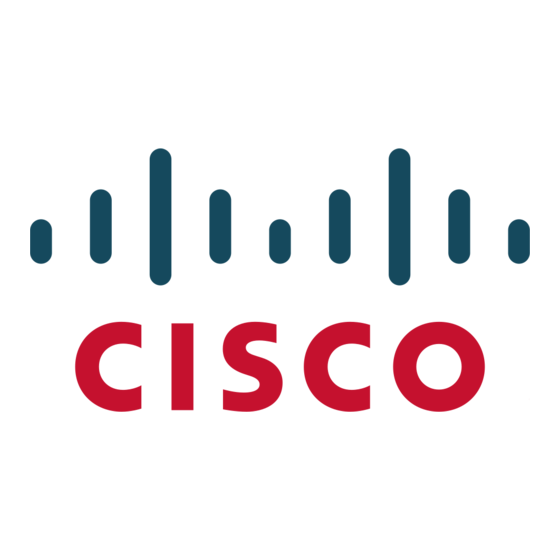S e n d d o c u m e n t a t i o n c o m m e n t s t o n x 5 0 0 0 - d o c f e e d b a c k @ c i s c o . c o m
Limitations
This section describes the limitations in Nexus 5000 Series switches and the Cisco Nexus 2000 Series
Fabric Extenders, Release 4.1(3)N1(1).
•
•
•
•
•
•
•
OL-16601-01
In large scale configurations some Cisco Nexus 2000 Series Fabric Extenders may take up to 3
minutes to appear online after a reload command is issued. A configuration can be termed large
scale when the maximum permissible Cisco Nexus 2000 Series Fabric Extenders are connected to a
Cisco Nexus 5000 Series switch, all host facing ports are connected and each host facing interface
has large configuration ( supporting the maximum permissible ACEs per interface).
The Cisco Nexus 2000 Fabric Extender does not support PVLANs over VLAN trunks used to
connect to another switch. The PVLAN trunks are only used on inter-switch links but the FEX ports
are only meant to connect to servers. Since it is not a valid configuration to have an isolated
secondary VLAN as part of a Fabric Extender port configured as a VLAN trunk, all frames on
isolated secondary VLANs are pruned from going out to a FEX.
Egress scheduling is not supported across drop/no-drop class. Each Fabric Extender host port does
not support simultaneous drop and no drop traffic. Each Fabric Extender host port can support drop
or no drop traffic.
Traffic going out the Ethernet SPAN destination is always tagged. The SPAN destination can be in
the access or trunk mode and frames on the SPAN source port can be tagged or untagged. Frames
are always tagged internally as they travel through the system. Information about whether the frame
was originally tagged or untagged, as it appeared in the SPAN source, is not preserved in the SPAN
destination. The spanned traffic exiting the SPAN destination port always has the VLAN tag on it.
The correct VLAN tag is applied on the frame as it goes out the SPAN destination. The only
exception is if frames ingress on a SPAN source port on an invalid VLAN. In this case, vlan 0 will
be applied on a spanned frame.
Spanned Fibre Channel over Ethernet (FCoE) frames do not preserve original SMAC and DMAC
fields. The Ethernet header gets modified as the frame is spanned to the destination. The modified
header fields are displayed when monitored on the SPAN destination.
The CoS value in spanned Fibre Channel over Ethernet (FCoE) frames on the Ethernet SPAN
destination port does not match with the CoS value in the SPAN FCoE source frame. The CoS value
on the captured SPAN FCoE frame should be ignored.
The class-fcoe cannot be removed even if Fibre Channel is not enabled on a switch.
Cisco Nexus 5000 Series and Cisco Nexus 2000 Series Release Notes, Release 4.1(3)N1(1)
Limitations
7

